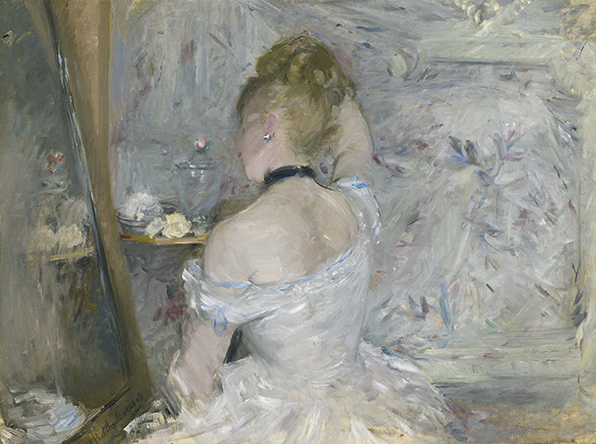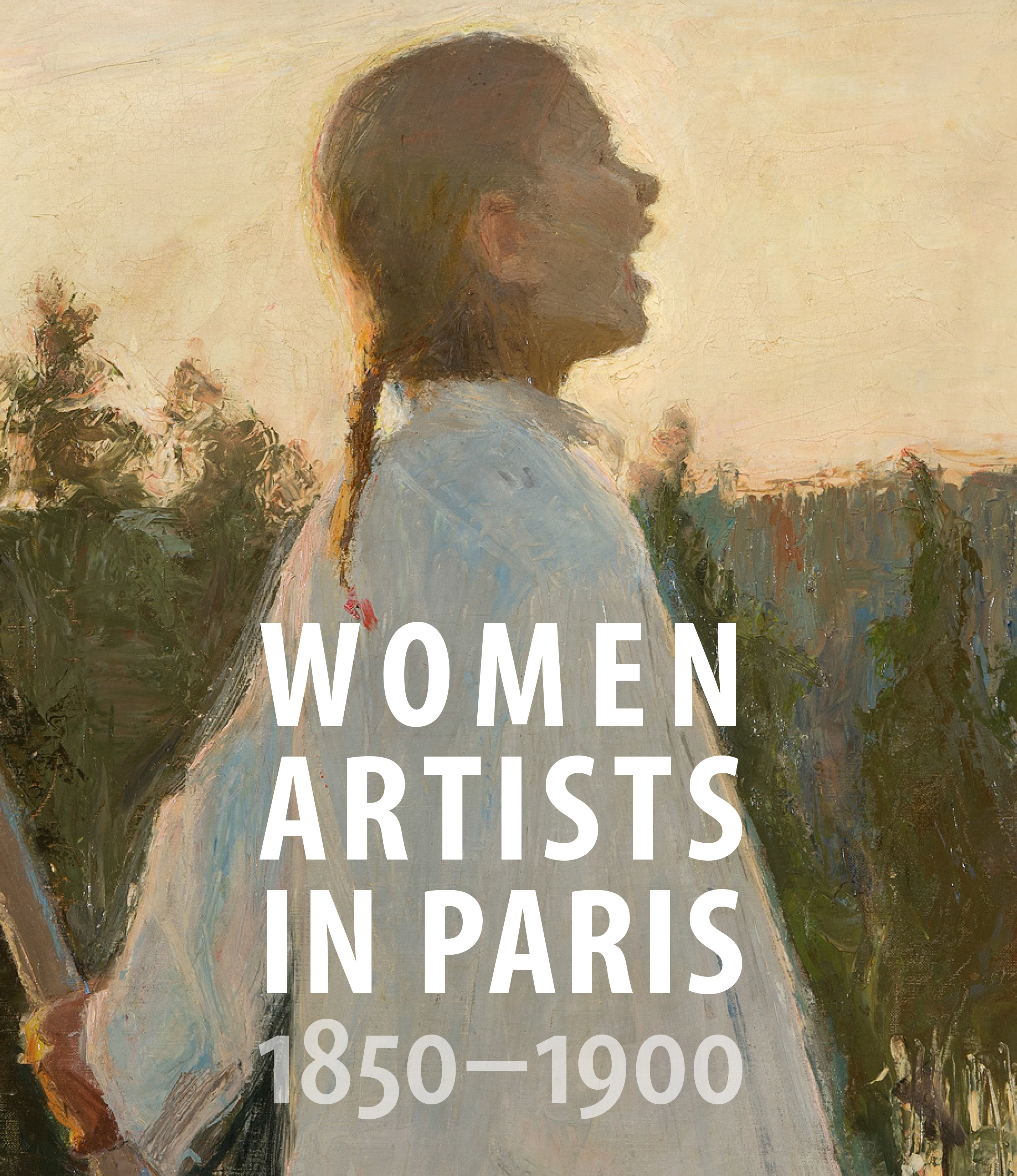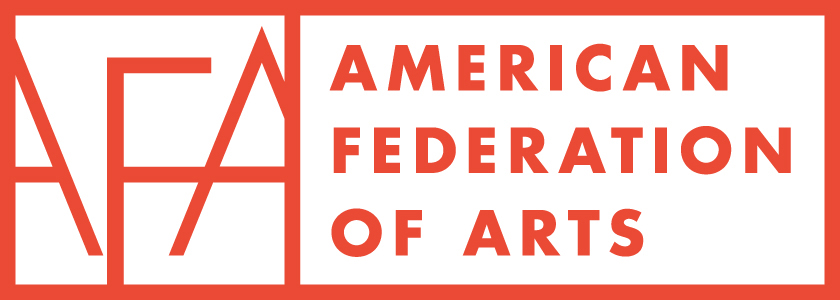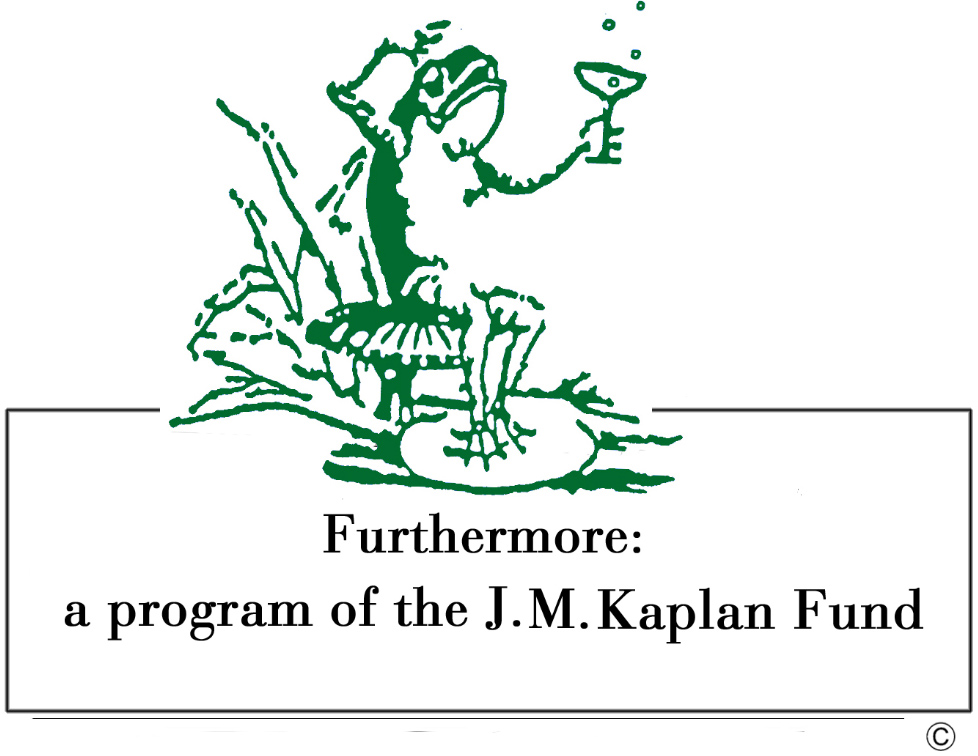
JUNE 9–SEPTEMBER 3, 2018
FASHIONING AN IMAGE
Berthe Morisot (French, 1841–1895), Woman at Her Toilette, 1875–80. Oil on canvas, 23 3/4 x 31 5/8 in. Art Institute of Chicago, Stickney Fund, 1924.127
“Frenchwomen, and Parisian women in particular,” the critic Hugues Le Roux declared in 1882, “are so tasteful in their alterations, are such good colorists in combining the pieces of an ensemble, are so truly artistic in their ability to furnish their homes, that one would expect to find more creativity, charm, and verve in their works of art.” This statement exemplifies some of the era’s contradictions regarding women’s creativity and the art of dressing. For conservative critics like Le Roux, women’s painterly pursuits were pointless, as they were presumed to have a large enough arena to express their originality through clothing and decor. In this view, women artists’ representations of la toilette—a multisensory ritual involving bathing, cosmetics, dresses, perfumes, and trimmings—are merely extensions of an inborn feminine talent.
Images of the modern woman exhibiting a fashionable toilette were fundamental to nineteenth-century social life for the middle and upper classes. Clothing was seen as an embodiment of modernity, and painters seized upon the depiction of contemporary dress as a novel subject. Rendering the details, sheen, or transparency of various fabrics also allowed the artist to demonstrate her technical mastery.
The act of adorning oneself for others to behold and making oneself more beautiful with materials or makeup was viewed by some as a metaphor for painting, which might “correct” or “idealize” nature. Above all, for artists there was a desire to decipher what fashion, through its complex visual codes, had to say about the wearer and her world.
A fully illustrated catalogue, Women Artists in Paris, 1850–1900, has been published by the American Federation of Arts and Yale University Press. Along with an art-historical overview by curator Laurence Madeline, the catalogue includes essays by Jane R. Becker, collections management associate, Metropolitan Museum of Art; Richard Kendall, former curator at large, Clark Art Institute; Bridget Alsdorf, associate professor, History of Art, Princeton University; and Vibeke Hansen, curator, Nasjonalmuseet, Oslo.






